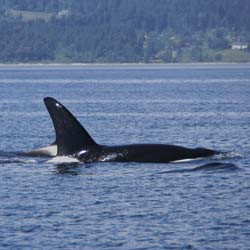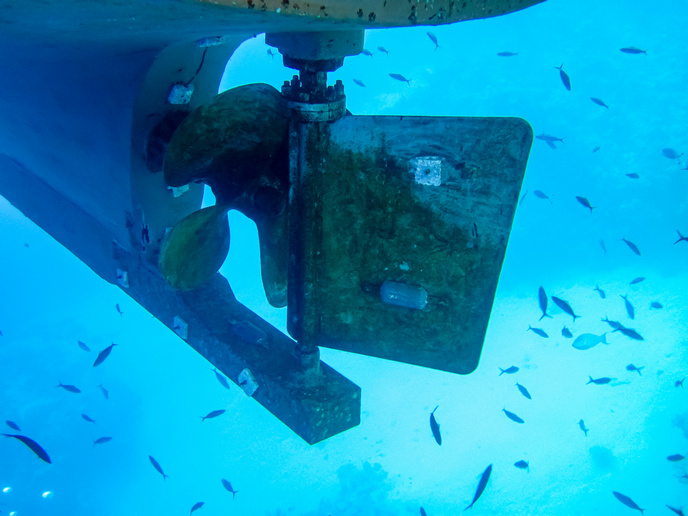Speciation in killer whales
The EU-funded 'Killer whales' (KWAF10) project investigated the genetic basis of phenotype divergence and the role of divergent ecological selection in the species. The whale's phenotype is the combination of its observed characteristics or traits. The KWAF10 initiative therefore set out to investigate the evolutionary causes behind phenotypic variations among killer whale populations. A genome-scale global data set was used to produce the genome-wide scan data. Researchers studied genome-wide nucleotide variation in numerous individual killer whales to determine the species' population history. This included past and present migrations, changes in range and adaptations to a changing environment. High-throughput DNA sequencing technology can be used to answer evolutionary, conservation and population genetics questions in a wide range of species. Although the killer whale it is not a model species it was chosen as it is understood well enough to validate the technique and present a testable hypothesis. The DNA sequencing technique was used to detect genes under selection pressure and map them to linked phenotypic traits. In addition, researchers sequenced the whole genome of a killer whale; the first complete high coverage genome for a marine mammal. KWAF10 provided information on the adaptation of the mammalian genome to the marine environment. It also enabled scientists to understand how regions of the genome diverge during the speciation process.







